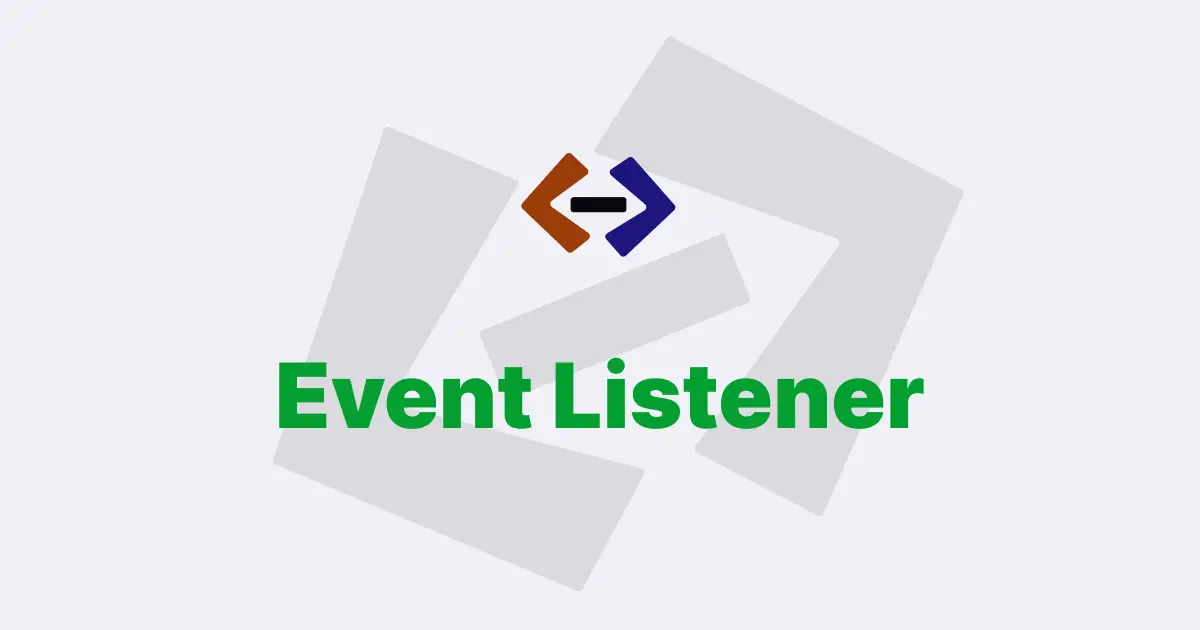In JavaScript, event listeners are added to HTML elements using the addEventListener() method. To remove event listeners, you need to use the removeEventListener() method.
Here is how you can remove event listeners:
1. Using named functions as event listeners
When you use a named function as an event listener, you can easily remove it using the same function reference.
For example:
// Add event listener
element.addEventListener("click", handleClick);
// Remove event listener
element.removeEventListener("click", handleClick);
function handleClick(event) {
// Event handling code
}In this example, an event listener is added to an HTML element with the click event and the handleClick function is used as the event handler. To remove the event listener, the removeEventListener() method is called with the same event type (click) and function reference (handleClick) used during the event listener registration.
Note: It’s important to use the same function reference to remove the event listener as was used to add it. Anonymous functions or different function references will not work for removal.
2. Using anonymous functions as event listeners
If you use an anonymous function as an event listener, you cannot directly remove it using the removeEventListener() method, as anonymous functions cannot be referenced.
You need to store the function reference in a variable and use the same variable to remove the event listener.
For example:
// Add event listener with anonymous function
const clickHandler = function (event) {
// Event handling code
};
element.addEventListener("click", clickHandler);
// Remove event listener
element.removeEventListener("click", clickHandler);In this example, an anonymous function is used as the event handler, but it is stored in a variable clickHandler so that it can be referenced later for removal.
3. Using options parameter:
The removeEventListener() method also takes an optional options parameter, which allows you to specify additional options for event listener removal.
If you used the addEventListener() method with the options parameter, you need to provide the same options while removing the event listener.
// Add event listener with options
element.addEventListener("click", handleClick, { once: true });
// Remove event listener with options
element.removeEventListener("click", handleClick, { once: true });
function handleClick(event) {
// Event handling code
}In this example, the addEventListener() method is used with the options parameter { once: true }, which specifies that the event listener should only be triggered once. To remove the event listener, the same options are provided to the removeEventListener() method.
Thank you for reading, and let’s have conversation with each other
Thank you for reading my article. Let’s have conversation on Twitter and LinkedIn by connecting.

